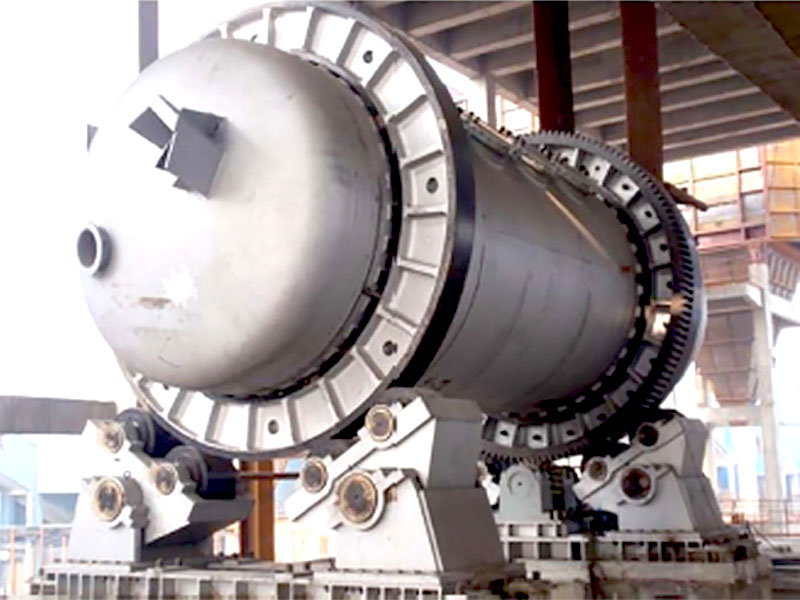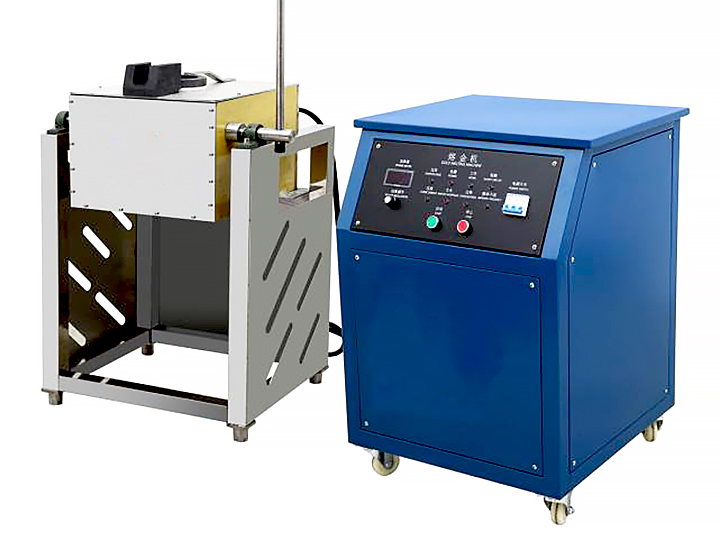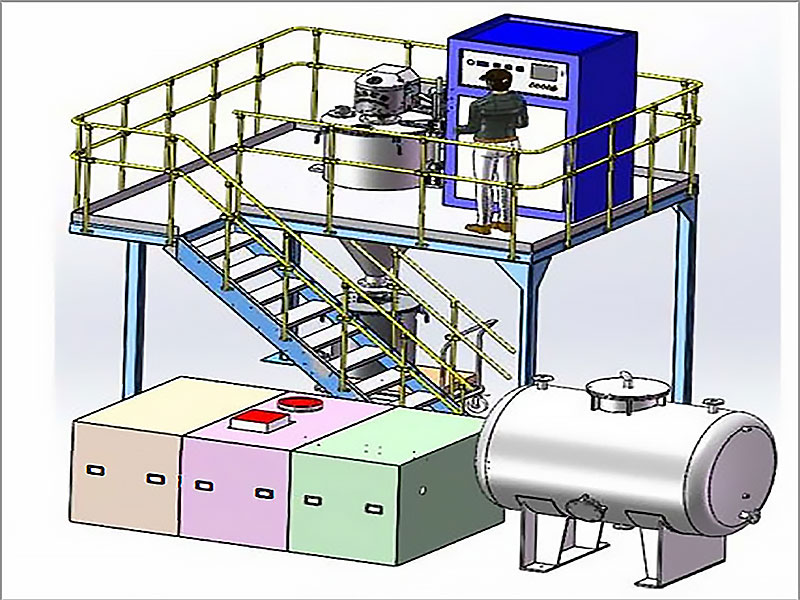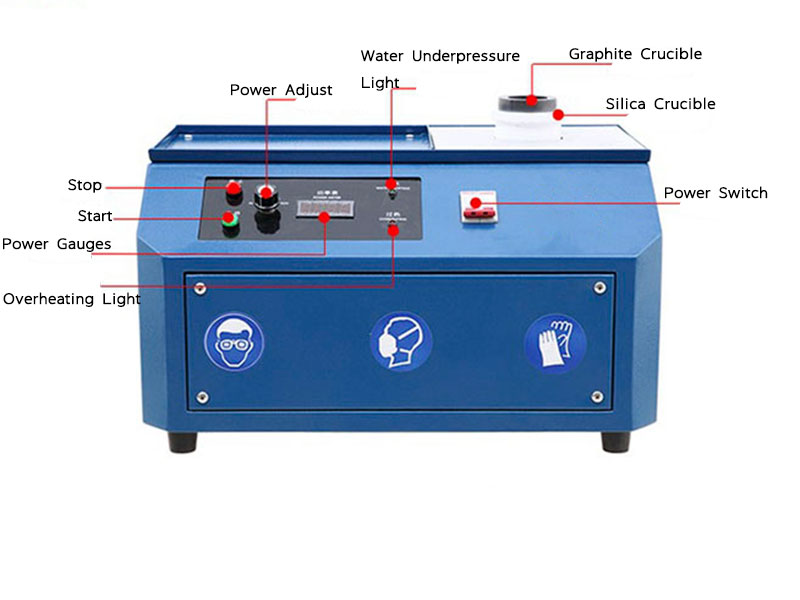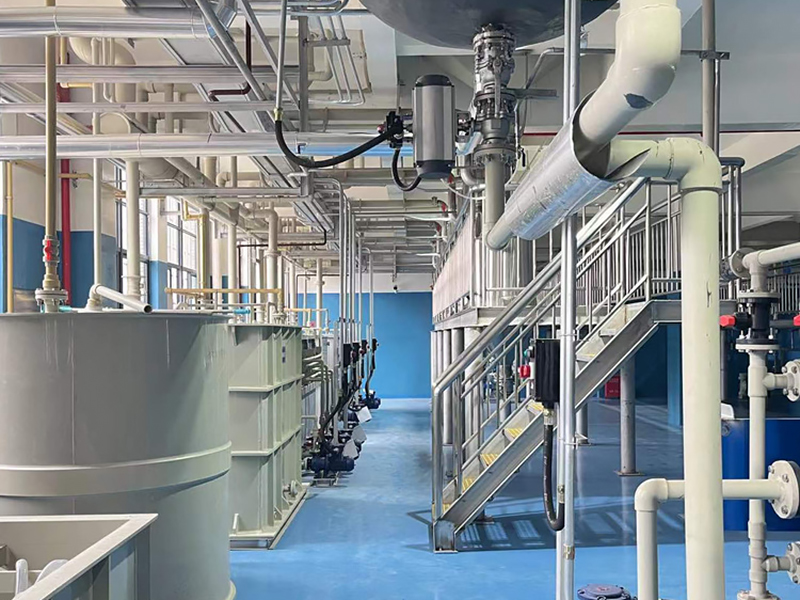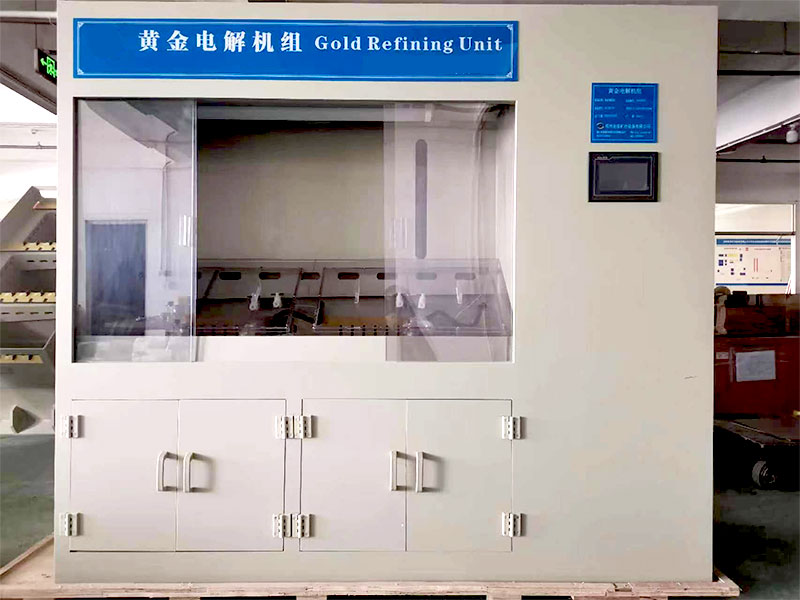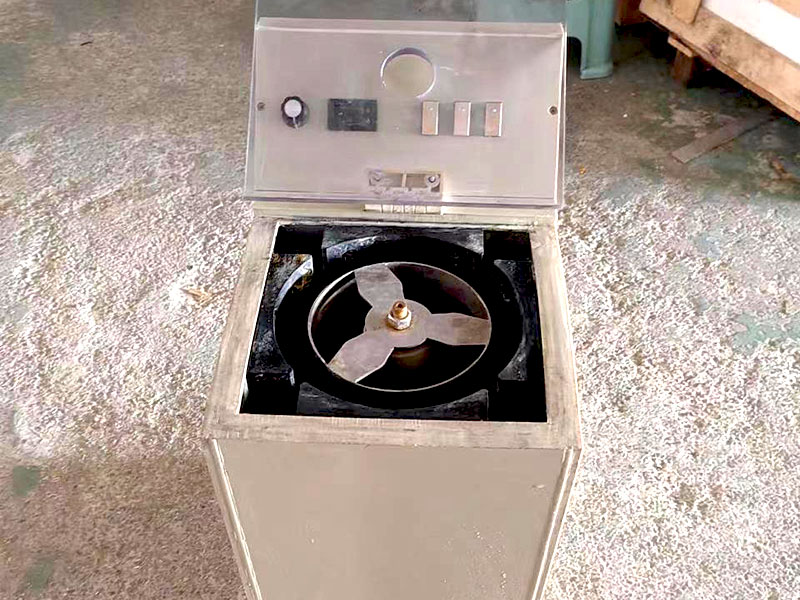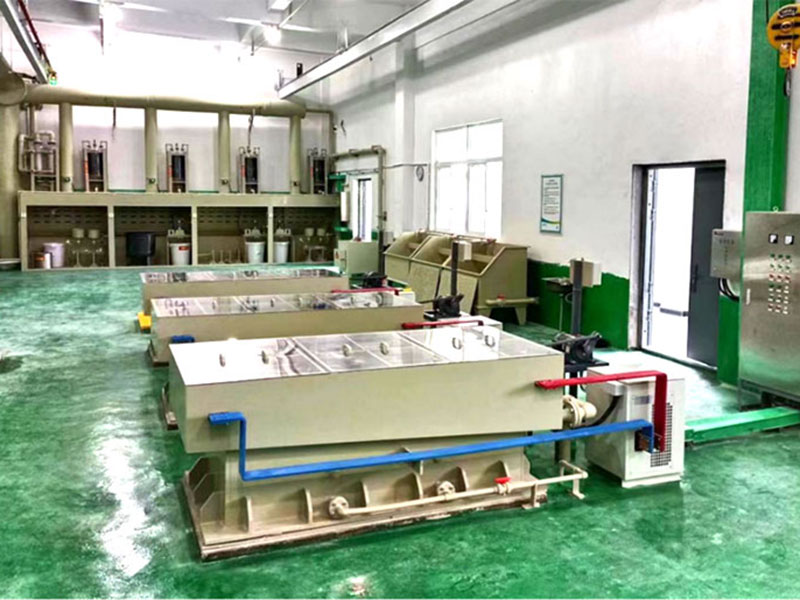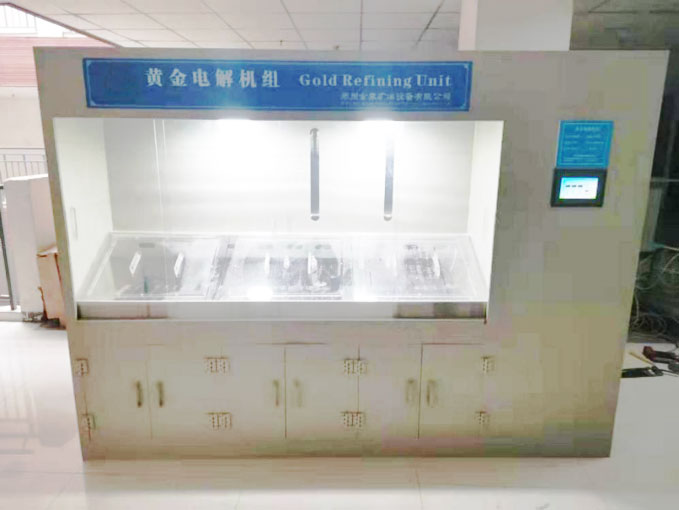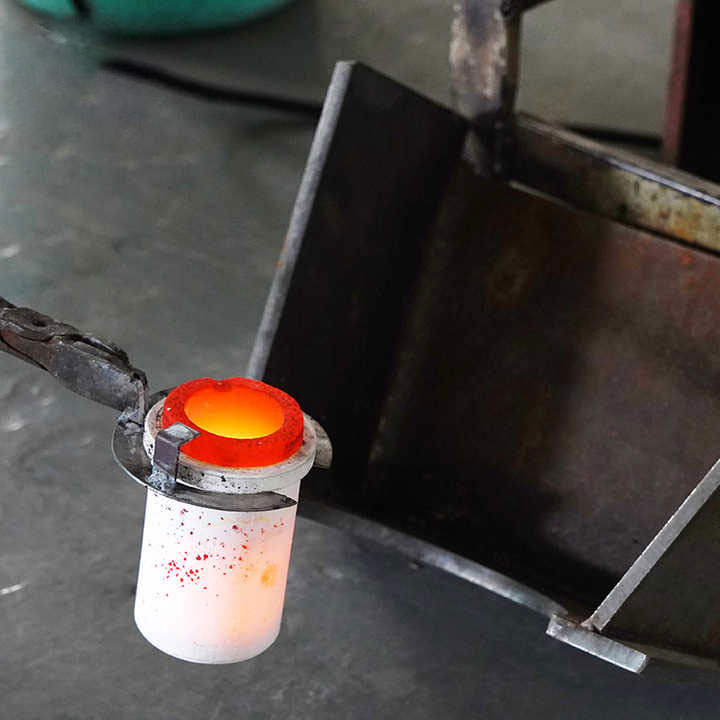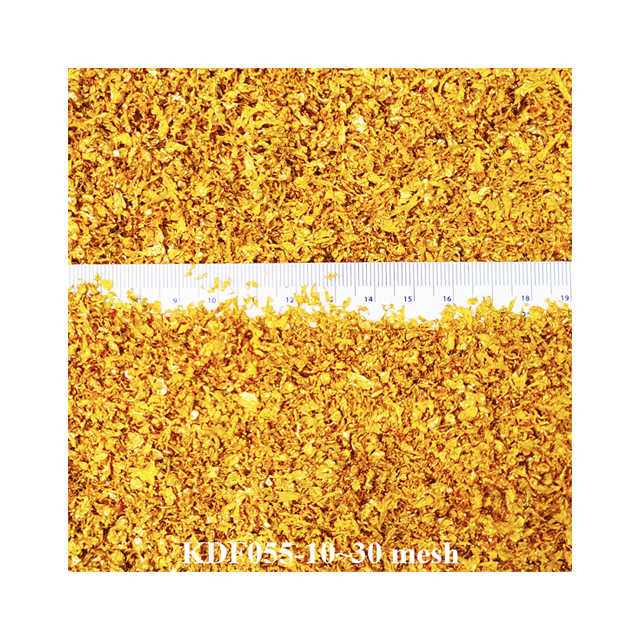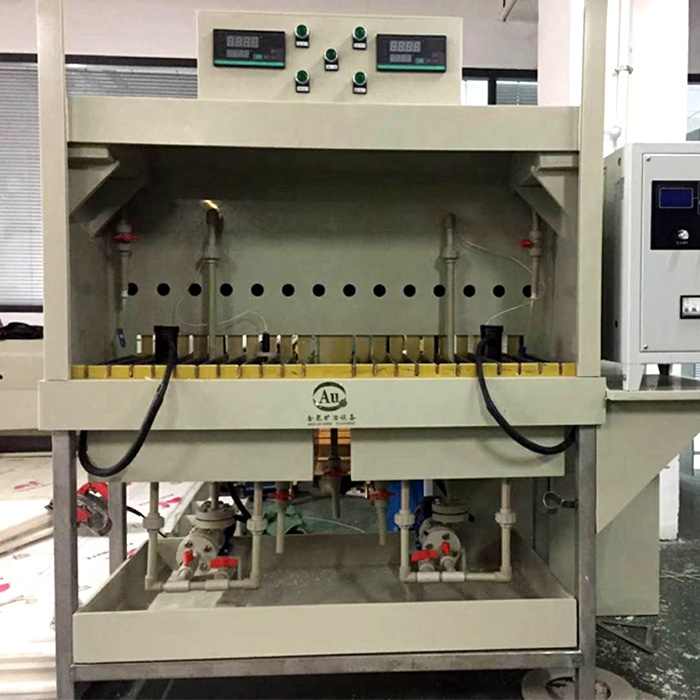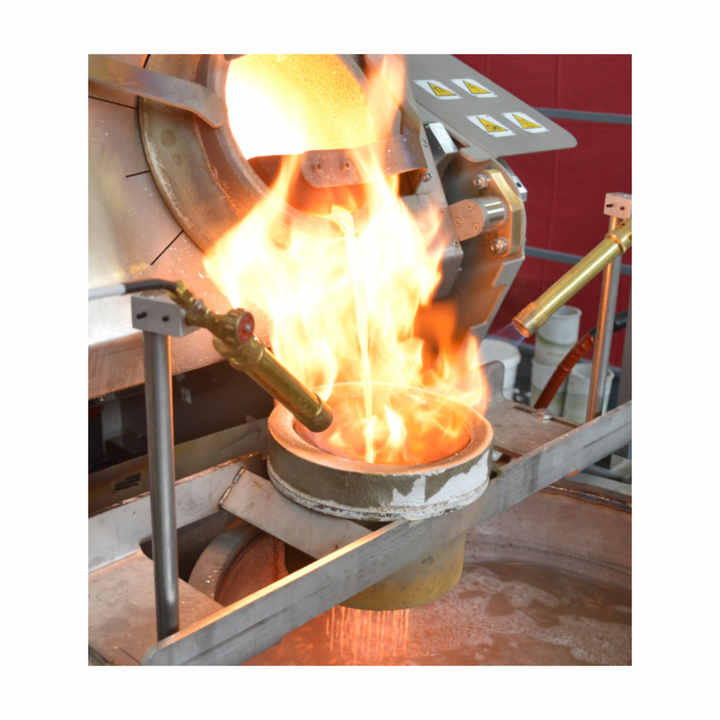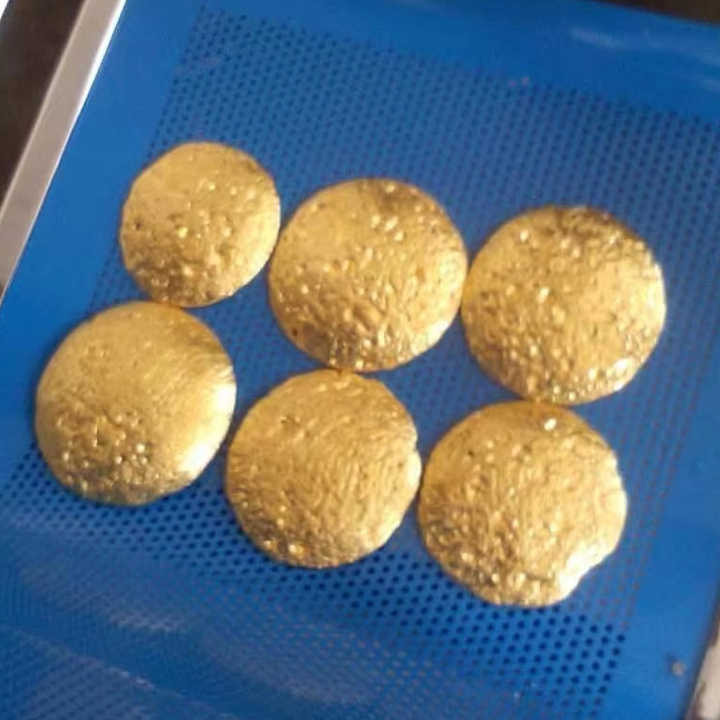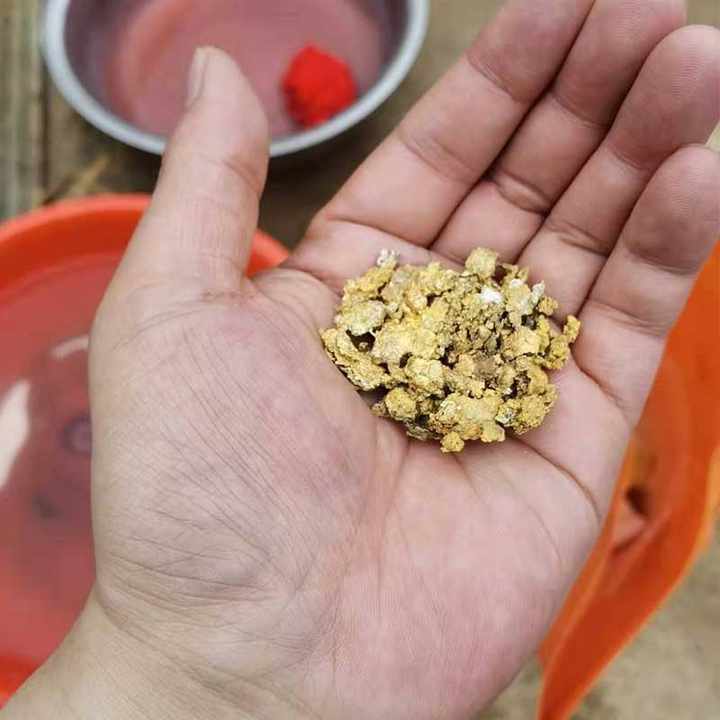what is the purification process of gold
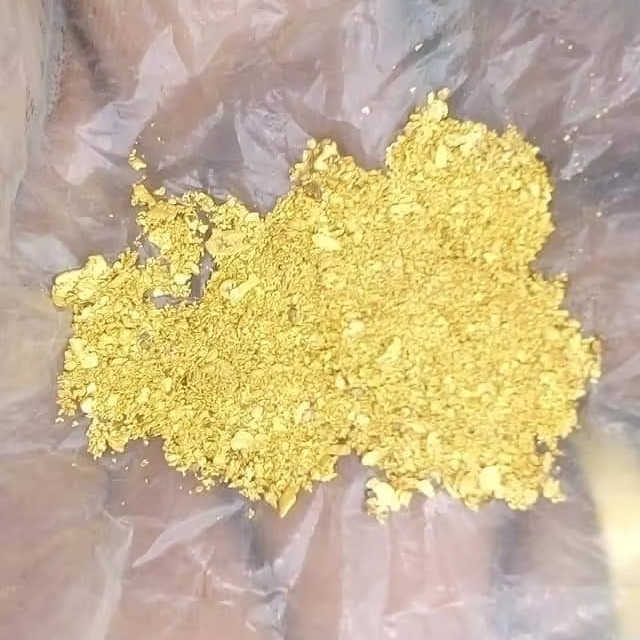
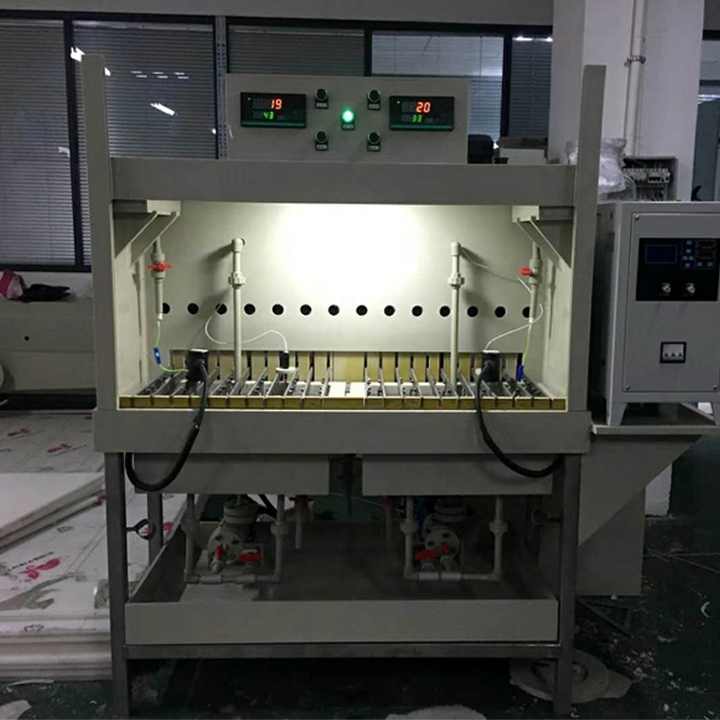
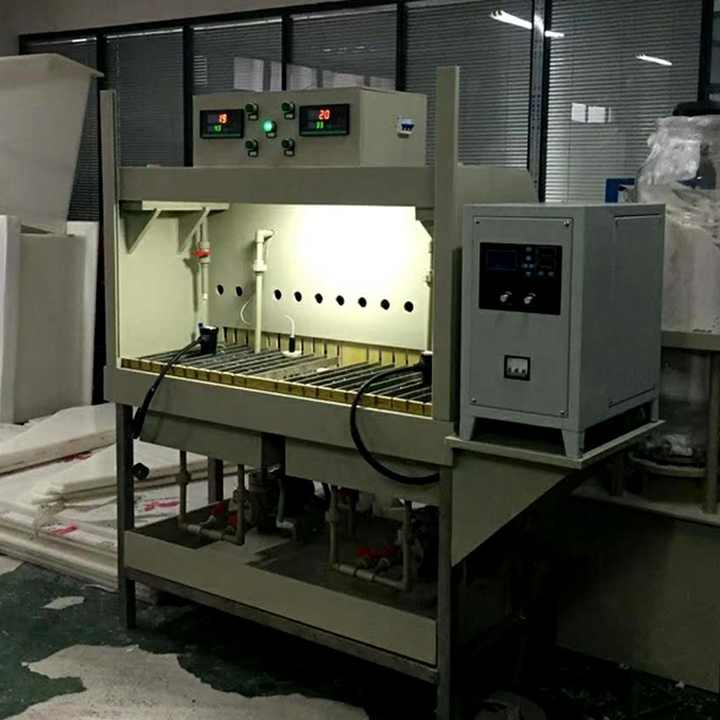
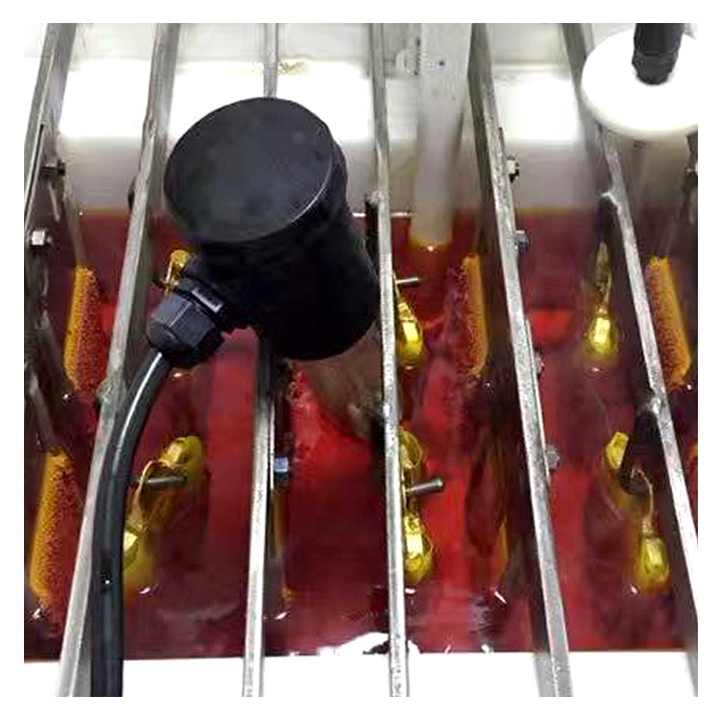
What Is the Purification Process of Gold?
Gold, a symbol of wealth and prosperity, is rarely found in its pure form when extracted from the earth. Instead, it is often mixed with other metals and impurities, which reduces its value and usability in industrial and commercial applications. To achieve high-purity gold, a thorough refining process is necessary. But what is the purification process of gold? This process typically involves a combination of physical and chemical methods designed to remove unwanted impurities.
Understanding the Need for Gold Purification
Before discussing what is the purification process of gold, it’s essential to understand why it is required. Gold in its natural state is often alloyed with other metals such as silver, copper, and iron. These impurities reduce the metal’s malleability, conductivity, and overall value. The purification process enhances the metal’s purity, bringing it closer to 99.9% purity or higher, which is the standard required for jewelry, electronics, and other industries.
Fire Assay and Cupellation in Gold Purification
One of the oldest techniques used in the purification process of gold is fire assay, followed by cupellation. In this method, the gold is heated to its melting point in a furnace. A material called “flux” is added, which helps to separate the gold from the impurities. The impurities float to the top as slag, while the purified gold settles at the bottom of the furnace.
Cupellation is a specific stage in this process where impurities like lead are absorbed into a porous cup, leaving the purified gold behind. This method, though ancient, is still widely used because it is reliable and effective for separating gold from other elements.
Electrolytic Purification of Gold
When considering what is the purification process of gold, electrolysis is a highly effective modern method. In this process, the impure gold is placed in a solution known as an electrolyte, and an electric current is passed through it. As the current flows, gold ions move towards the cathode, where they deposit as pure gold. The impurities remain in the solution or settle as sludge.
Electrolytic purification is particularly popular for refining gold to extremely high levels of purity, often exceeding 99.99%. This method is used by large-scale industrial refiners and is favored for its precision and efficiency.
Aqua Regia in Gold Refining
Aqua regia is a chemical solution that plays a crucial role in answering the question, what is the purification process of gold. Aqua regia is a combination of hydrochloric acid and nitric acid, capable of dissolving gold. The dissolved gold can then be separated from the solution by adding chemicals that cause it to precipitate out as pure gold.
The aqua regia process is often used for refining gold that has been mixed with other metals. Though effective, it is hazardous due to the strong acids involved, so it is generally reserved for professional refining operations.
The Environmental Impact of Gold Purification
When exploring what is the purification process of gold, it’s essential to consider the environmental effects. Traditional gold refining methods, such as smelting, consume significant energy and release harmful gases. Furthermore, chemical methods like the aqua regia process produce toxic waste if not properly managed.
As a result, many refiners are shifting towards more sustainable methods of purification. New techniques focus on recycling chemicals, reducing energy consumption, and minimizing toxic by-products. These green refining processes are part of the growing trend towards environmentally conscious gold production.
The Future of Gold Purification
Technological advancements continue to influence what is the purification process of gold. Innovations such as laser refining and bioleaching (using microorganisms to purify metals) are emerging as promising methods. These techniques are designed to be more efficient, reduce environmental impact, and lower costs, making them attractive options for the future.
Additionally, with the increasing focus on recycling gold from electronic waste, more advanced purification techniques are required. This involves recovering gold from devices such as smartphones and computers, which requires highly specialized methods to separate the gold from other materials.
What is the purification process of gold? It is a critical procedure that includes methods like fire assay, electrolytic refining, and chemical processes such as aqua regia. These methods aim to remove impurities and enhance the purity of gold for various applications. As the demand for high-purity gold continues to grow in industries ranging from jewelry to electronics, advancements in refining technology will play an increasingly important role in making gold purification more efficient and environmentally friendly.

